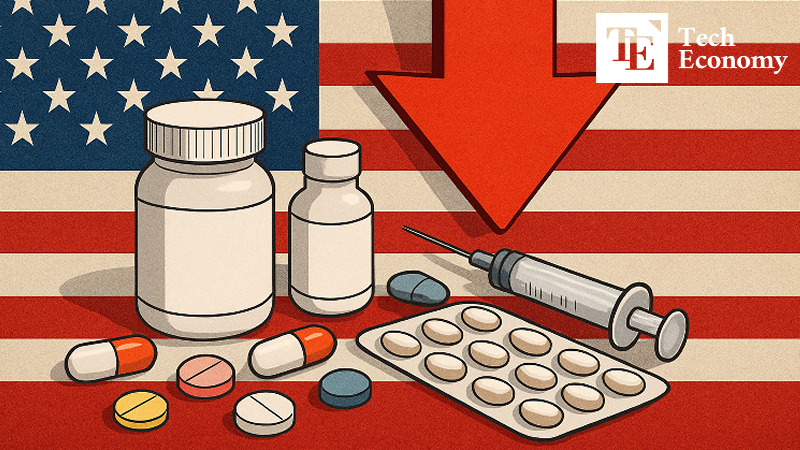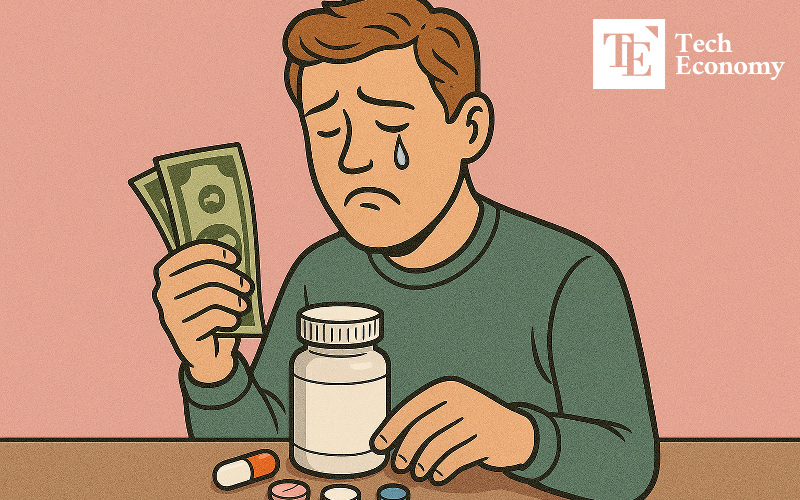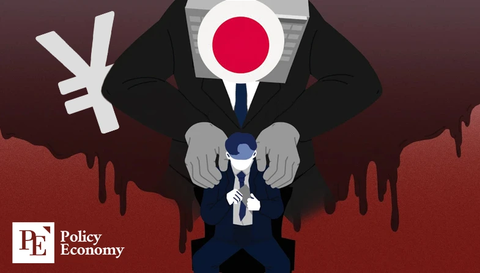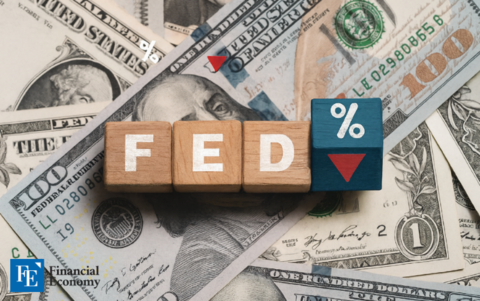"I will lower [prices] to the lowest level in the world" — Trump to sign executive order on drug price cuts
Input
Changed
President Trump renews push for drug price cuts U.S. drug prices about three times higher than OECD average “He failed to lower them in his first term” — can he shed that stigma?

U.S. President Donald Trump has announced that he will sign an executive order to reduce the prices of prescription drugs and pharmaceuticals by up to 80%. The plan involves introducing a “Most Favored Nation” pricing policy aimed at minimizing the healthcare cost burden on American citizens.
Trump Vows to “Lower Drug Price
On May 11, Trump wrote on his social media platform Truth Social: “Tomorrow at 9 a.m., I will sign an executive order to immediately lower prescription drug prices by 30% to 80%,” he said.“This will drastically reduce healthcare costs for American citizens and save the federal government trillions of dollars.”
Trump emphasized that “drug prices are rising around the world, and the U.S. will, for the first time, be treated fairly.”He added that the U.S. will pay the same price as the lowest price paid by any country in the world for the same medication — a clear reference to a Most Favored Nation pricing model. For example, if a specific drug costs 10,000 won in Germany, 8,000 won in France, and 6,000 won in Canada, the U.S. would only pay the lowest price of 6,000 won.
However, Bloomberg noted that Trump’s post did not specify the details of how the executive order would be implemented — for instance, whether it would apply only to government programs like Medicare and Medicaid or be more broadly enforced.

Why Are U.S. Drug Prices So High?
Trump is pursuing this policy because drug prices in the United States are significantly higher than in other countries. According to a February 2023 report by the RAND Corporation, a leading U.S. think tank, prescription drug prices in the U.S. were on average 2.78 times higher than those in other OECD (Organisation for Economic Co-operation and Development) countries. For branded drugs specifically, prices were 4.22 times higher — about three times higher when accounting for rebates to insurers and pharmacies.
The core reason behind this is the lack of a national drug price negotiation mechanism. Unlike most developed countries, the U.S. government does not directly negotiate drug prices, allowing pharmaceutical companies to set and raise prices with relative freedom. Additionally, complex rebate systems involving private insurers, pharmacy benefit managers (PBMs), and manufacturers contribute to higher out-of-pocket costs for consumers. Another issue is the limited entry of generic drugs during patent protection periods, further reducing market competition.
Past Failures of U.S. Government Efforts
Still, there is skepticism about whether Trump’s plan will succeed, given past failures in government-led efforts to cut drug prices. During his first term in 2020, Trump introduced a similar executive order. However, it was blocked by the courts for failing to follow proper administrative procedures such as public comment periods, and it was ultimately withdrawn by the Biden administration.
The Biden administration also took significant steps to address drug prices. In 2021, Biden signed an executive order aimed at boosting competition in the pharmaceutical market, including faster approval processes for generic drugs and biosimilars — aiming for indirect, long-term price suppression through enhanced competition rather than direct price cuts.
The Inflation Reduction Act (IRA) of 2022 also sought to bring down drug prices. It included provisions allowing Medicare to negotiate prices on certain expensive medications and required pharmaceutical companies to rebate the difference if drug price increases exceeded the inflation rate.
In 2023, the Biden administration targeted 10 specific high-cost drugs for price reductions. In 2024, it further strengthened penalties for insulin manufacturers raising prices above inflation. These measures were aimed at pressuring the market by focusing on drugs that placed the greatest burden on consumers. However, they faced fierce opposition from the pharmaceutical industry, which argued that such interventions would hurt innovation and accessibility.





















